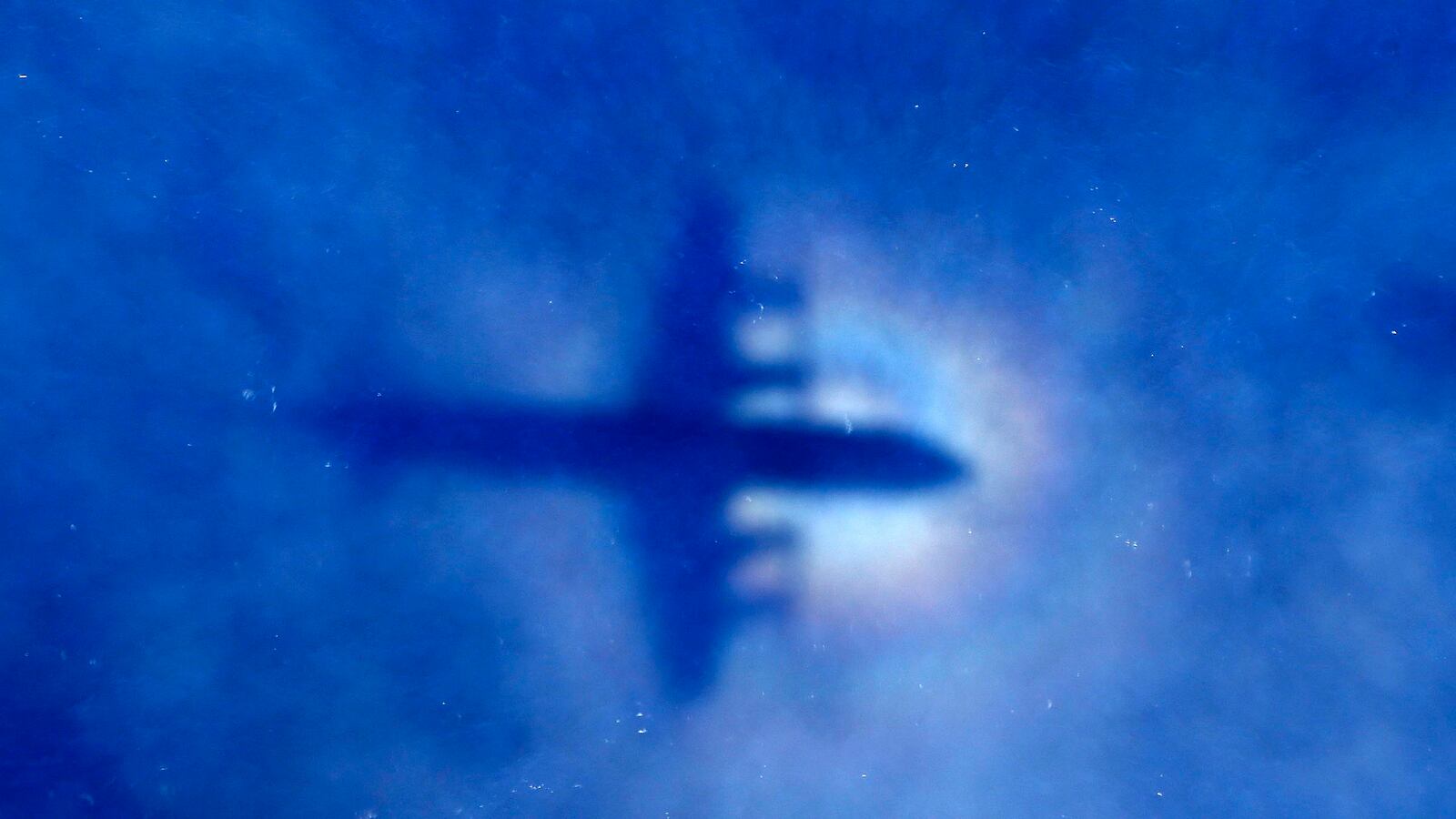The greatest mystery in modern aviation continues to defy efforts to solve its most basic question: where are the remains of Malaysia Airlines Flight 370?
After nearly three months of searching the southern Indian Ocean with the most advanced deep-sea technology in the world the Texas-based company Ocean Infinity has found nothing.
But the company is now doubling down on its gamble to discover the wreck of the Boeing 777 on a “no find, no fee” basis. Having said they would end the search with the six-week sweep that was completed last week they have decided to continue until “well into May.”
The decision to make another sweep was taken suddenly. The vessel involved, Seabed Constructor, had originally indicated that it would leave the search area and head back to its home base via the South African port of Durban. Instead, it is now in the Australian port of Fremantle, the closest port to the search area, for resupply and crew rotation before returning to the search.
Ocean Infinity CEO Oliver Plunkett, said in a statement that “there is still some search time remaining and everyone at Ocean Infinity remains absolutely determined for the remainder of the search.”
However, the failure so far to locate the remains of the jet, the only real means of ever discovering what caused it and the 239 people on board to disappear on March 8, 2014, has delivered a serious blow to oceanographers based in Australia.
Led by Dr. David Griffin of the Commonwealth Scientific and Industrial Research Organization, they said that they had identified the most promising area to search “with unprecedented precision and accuracy.” But all the so-called “hot spots” indicated by the CSIRO have now been searched by Ocean Infinity without success.
Consequently the next and final sweep by Ocean Infinity’s team will be in waters much farther north than any covered by the work of Dr. Giffin’s team, who based their calculations on reverse-tracking more than 20 pieces of debris from the jet that turned up on beaches in the western Indian Ocean and southern Africa. (Dr. Griffin did not respond to a Daily Beast request for comment.)
Equally disappointing was that the CSIRO’s estimate of where the jet went down appeared to be backed up by data retrieved from a French military satellite positioned over the Indian Ocean in the two weeks following the catastrophe—images that appeared to show 70 pieces of floating debris of which some were thought quite likely to be from the Boeing 777. This data was also used by Ocean Infinity to direct its search but also produced no contacts on the seabed.
That is the bad news. The better news is that the seabed in the final search area is far less challenging than it was for all earlier searches. Seabed Constructor will now resume searching north of a major geological fault named Broken Ridge. The seabed south of this fault line was one of the most challenging in the world, with clusters of volcanoes spewing mud and deep valleys, all at depths of up to 3.5 miles.
Seabed Constructor sweeps the seabed using a swarm of eight “free flying” autonomous underwater vehicles, AUVs, that have proved to be able to transmit very detailed images of the most extreme terrain – meaning that Ocean Infinity’s crew is confident that they have missed nothing. If the jet’s remains were there, they insist, they would have been located.
“There is a high degree of confidence in the technology and the data,” Mark Antelme, a spokesman for Ocean Infinity, told The Daily Beast, “so our sense is that the search has been thorough. We have searched 80,000 square kilometres in 65 days, whereas – without being critical but highlighting the difference in technology - in the previous search it took three years to search 120,000 square kilometres.”
One other encouragement for the final search is that as they move progressively into more northern seas the ship’s crew will have have left behind the extreme conditions in the southern Indian Ocean, an area named “The Roaring Forties” where at this time of the year some of the world’s most ferocious storms begin to appear, bringing wave heights of as much as 70 feet.
In their contract with the Malaysian government Ocean Infinity is promised an award of between $20 million and $70 million, depending on the extent of the wreckage discovered and its usefulness to the investigation. The fact that the company has now decided to invest its resources in another month of searching may seem an act of hubris.
However, there are relatively few companies in the deep sea search business and none has so far been able to demonstrate the effectiveness of the swarm of AUVs used by Ocean Infinity in such an unforgiving environment in the way they have. If the forthcoming final sweep fails – and nobody wants that – Ocean Infinity will still have built an impressive reputation in a good cause.






